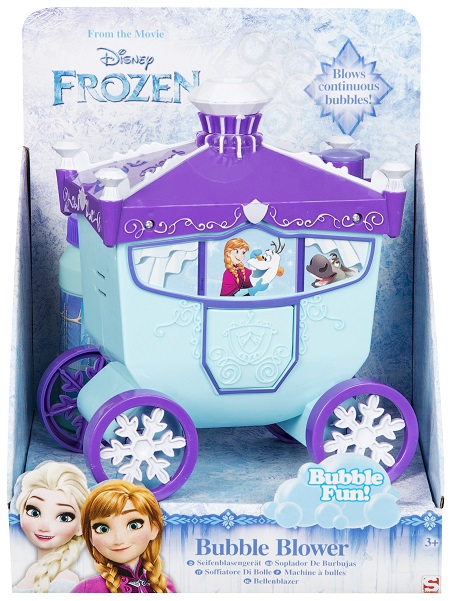
#Frozen bubble carriage driver#
Transporting petrol: approved tank requirementsĪuthorisation 990 expired on 31 January 2022 and is no longer valid.Īdded Remote delivery of dangerous goods driver training extension: authorisation 992.Īdded Dangerous goods driver licence extension: authorisation 990.Īdded information on HGVs carrying dangerous goods through the Port of Dover or Eurotunnel.Īdded the document 'The testing of PRVs fitted to LPG road tankers (Authorisation 948)' to the collection.Īnnual inspection waiver for tank vehicles added.Transporting electrical and electronic waste.Interpretation of transport related unloading.The testing, certification and marking of dangerous goods packaging.Testing and inspecting intermediate bulk containers.Transporting machinery or equipment containing dangerous goods by road or rail.Classifying bird flu specimens for transportation.Retail distribution of small quantities of dangerous goods.Transporting gunpowder and smokeless powders.Employing a dangerous goods safety adviser.Carriage of dangerous goods: the application of multilateral agreements.


DfT has published detailed guidance on the security requirements for the carriage of goods by road and rail.ĭfT is responsible for the enforcement of the secure carriage of dangerous goods requirements (excluding class 7 radioactive materials).ĭfT has an expert stakeholder group called the Industry Advisory Group to develop and monitor the implementation of these security requirements and any supporting guidance. Regulations 7 and 8 contain additional security provisions that apply in Great Britain (England, Scotland and Wales). The security provisions of ADR and RID apply in the UK through Regulation 5 of the Carriage of Dangerous Goods and Use of Transportable Pressure Equipment Regulations ( CDG) 2009. Recommendations on the secure carriage of dangerous goods are contained in chapter 1.10 of both the European Agreement Concerning the International Carriage of Dangerous Goods by Road ( ADR) and the Regulations concerning the International Carriage of Dangerous Goods by Rail ( RID). You can receive updates relating to the carriage of dangerous goods from the Department for Transport ( DfT) by joining our mailing list. These classes cover goods from the highly dangerous, such as explosives, flammables and fuming acids, to everyday products such as paints, solvents and pesticides. Dangerous goods are assigned different classes ranging from 1 to 9.


 0 kommentar(er)
0 kommentar(er)
